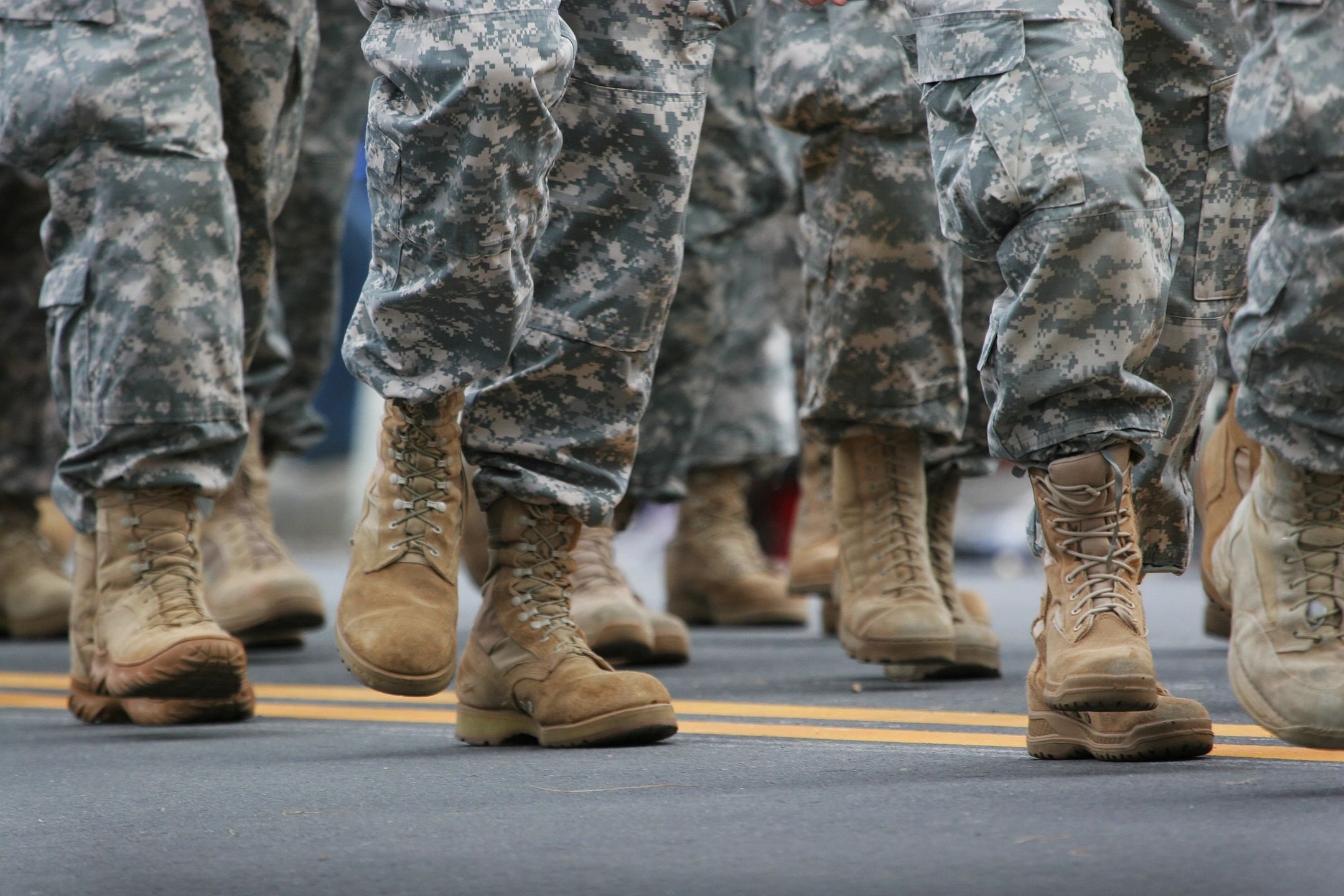Written for print magazine in 2021
Duane Dewey’s platoon was hopelessly outnumbered. The year was 1952. Dewey’s Company E platoon
was stationed outside of Panmunjom, in the area now known as the Demilitarized Zone, which separates
North and South Korea. A battalion-sized force of Chinese soldiers was quickly advancing on their
position. To make matters worse, Company E was running out of ammunition. When the first grenade
landed behind his left heel, shrapnel exploded into Dewey’s left leg and buttocks. He was flat on the
ground, receiving treatment from a medic, when the second grenade landed next to him.
“I grabbed it,” Dewey said, “and I’m going to throw it. First impulse is to get rid of it, right? But I’m laying
flat on my back, and I’m thinking, ‘I can’t get this out of reach of my own men.'”
Rather than put the other men at risk, Dewey slid the grenade underneath himself. “Hit the dirt, Doc!”
he warned. “I’ve got it in my hip pocket.” His body took the brunt of the impact. He was launched several
inches into the air; his hip was torn to shreds. The medic standing next to him was completely
unscathed.
Miraculously, after four months in the hospital, Duane Dewey survived the explosion. While he was
recovering from his injuries, Dewey became one of the estimated 1.8 million members of the U.S.
military presented with a Purple Heart for sustaining an injury while in active conflict.
The Purple Heart is one of the oldest military medals in the United States. Before he became president,
then-General George Washington created the award, initially calling it the “Badge for Military Merit.”
The distinctive, heart-shaped medal was fashioned from purple silk. The word “Merit” was stitched
across the silk in silver thread. The names of the honorees were written into the “Book of Merit.”
Unfortunately, the book was lost. Today, there are only three known recipients of Washington’s original
Badge for Military Merit: Elijah Churchill, William Brown, and Daniel Bissell.
Although the medal was intended to continue after the conclusion of the American Revolution, it was
not given again until 1932. Following the devastation of WWI, the U.S. War Department began looking
for a way to honor individuals who had performed extraordinary acts of valor during the war. A proposal
was created to reinstitute the Badge for Military Merit; however, it wasn’t until General Douglas
MacArthur was appointed to the Joint Chiefs of Staff in 1930 that any substantial progress was made on
the issue.
In 1932 the Army announced that they were awarding the Purple Heart to “persons who, while serving in
the Army of the United States, perform any singularly meritorious act of extraordinary fidelity or
essential service.” The new Purple Heart was designed to look similar to the original silk heart from
1782, with the addition of a bust of George Washington hanging across the center. General MacArthur,
himself, was the first recipient of the revamped Purple Heart. During his deployment in France during
WWI, MacArthur suffered twice from mustard gas attacks while serving on the front lines.
Unlike other military medals, the Purple Heart is unique in that it does not take rank into account and
does not require the accomodation of a superior officer in order to be awarded. Any service members
who meet the requirements are eligible for the Purple Heart. Although the precise requirements have
changed over time, the essence has remained the same. The Purple Heart is awarded to military
personnel who have shown extraordinary merit, service, and sacrifice in defense of their country.
When the Purple Heart was reintroduced in 1932, there were thousands of applications for
commodation. At the time, only Army veterans were eligible to receive the award. The vast majority of
honorees served in WWI, but recipients dated all the way back to the Civil War, Indian Wars, and
Spanish-American War. An estimated 78,000 Purple Hearts were awarded in the years between the
reintroduction in 1932 and the United States’ entry into WWII in 1941.
During WWII three major changes were made to the criteria for awarding the Purple Heart. The first was
that the Army revoked its restriction on awarding the Purple Heart to soldiers posthumously. This change
was in response to the attack of Pearl Harbor, where over two thousand men and women lost their lives.
The second alteration to the criteria came in 1942 when it was announced that the medal would no
longer be given on the basis of merit alone. From that point onwards, it would become the exclusive
terrain of those soldiers who were either injured or killed in active service. A few months later, President
Roosevelt signed Executive Order 10409, which granted the Navy, Marine Corps, and Coast Guard the
right to award the Purple Heart to servicemen and women in their own ranks.
As warfare has evolved in the decades following WWII, the criteria for awarding the Purple Heart have
continued to evolve as well. During Vietnam, President Kennedy — the only President to have been
awarded a Purple Heart, himself — signed an executive order permitting service members to be awarded
Purple Hearts for “aiding friendly foreign forces.” In 1984, President Reagan extended the honor to those
injured in terrorist attacks. And in 2011, in response to injuries caused by IEDs in Iraq and Afghanistan,
the Defense Department again updated the criteria to include mild brain injuries and concussions.
August 7 is Purple Heart Recognition Day. It is a great opportunity to remember and give thanks for the
sacrifices of the brave men and women who have been injured or killed while serving our country in
active duty.




